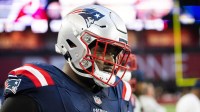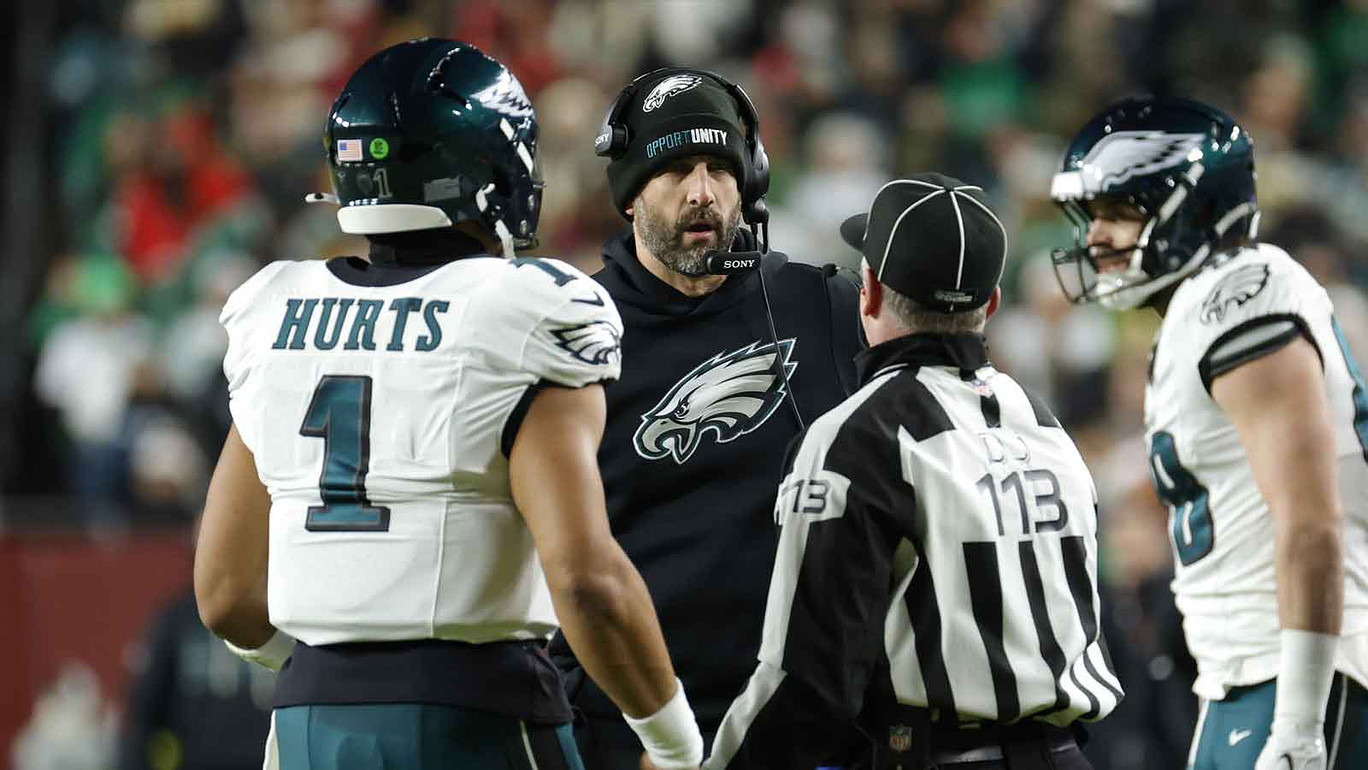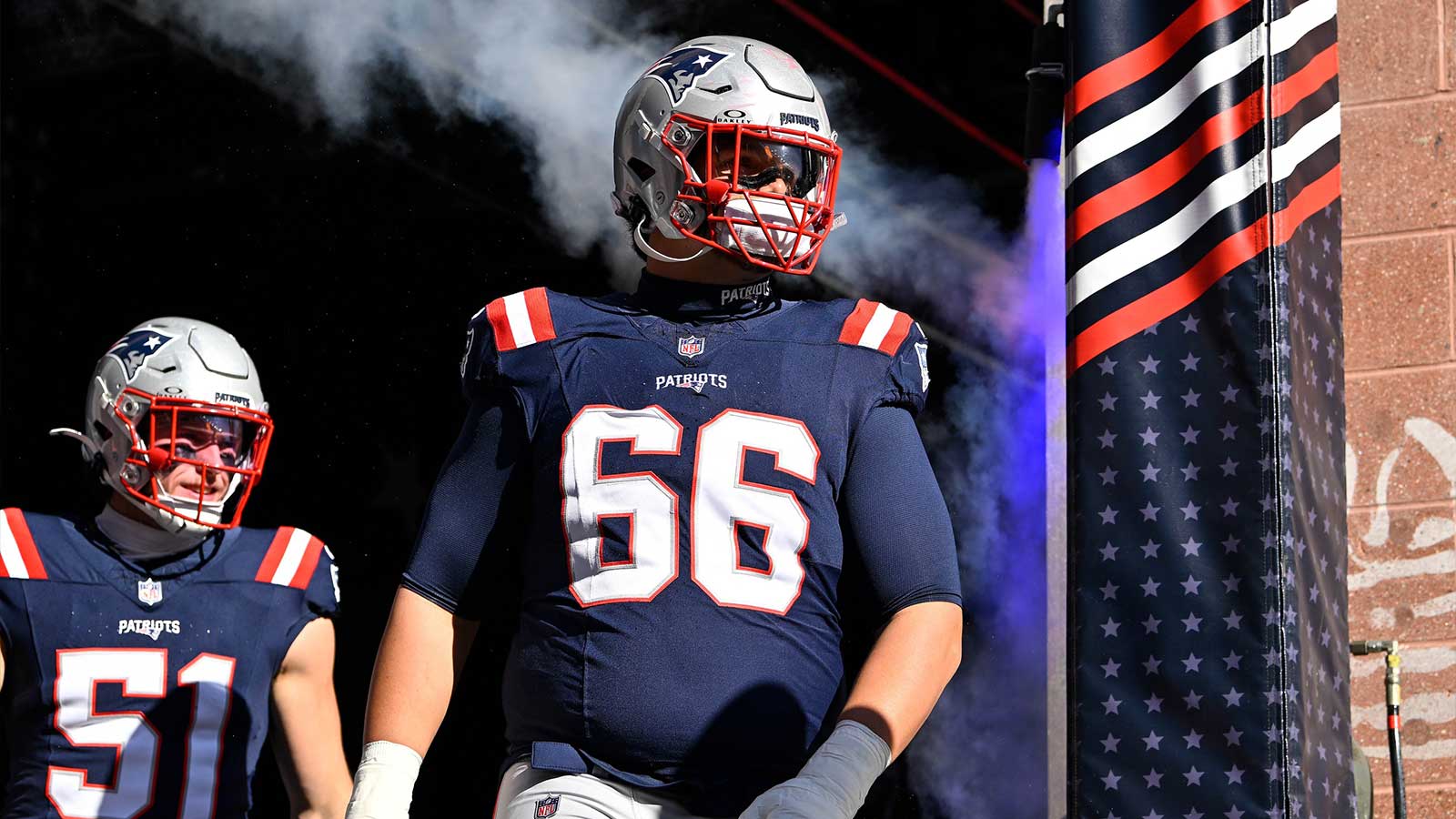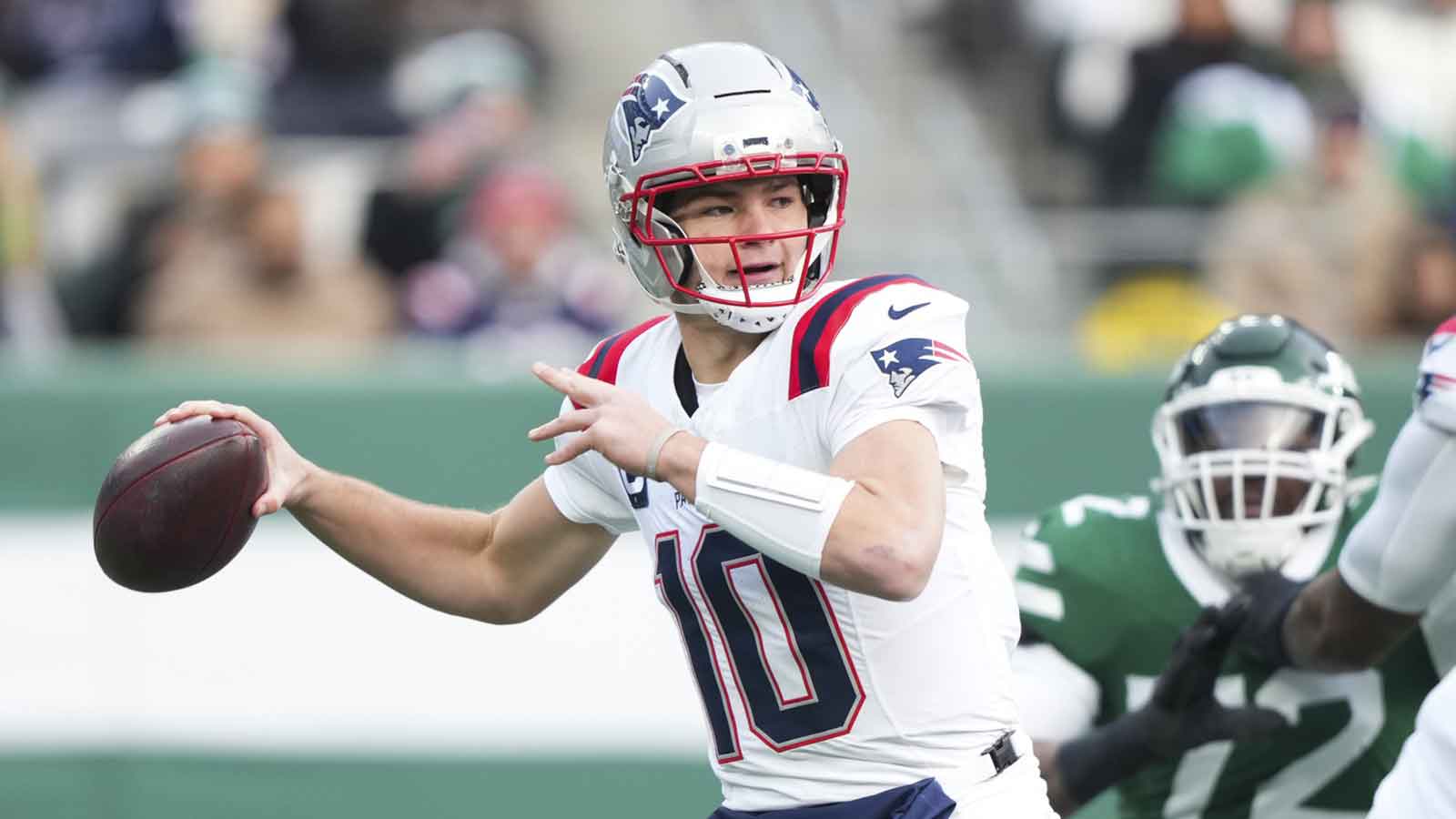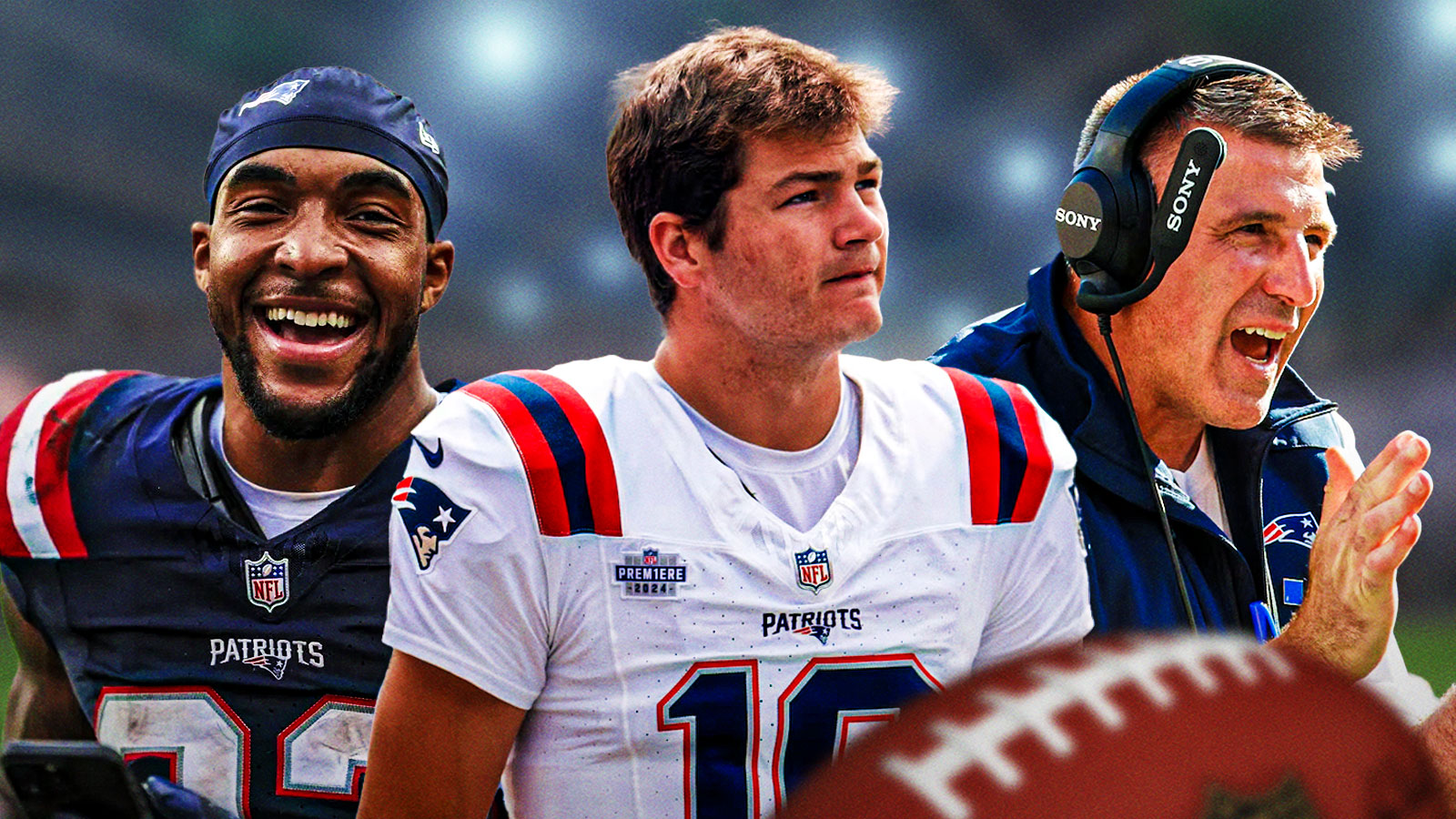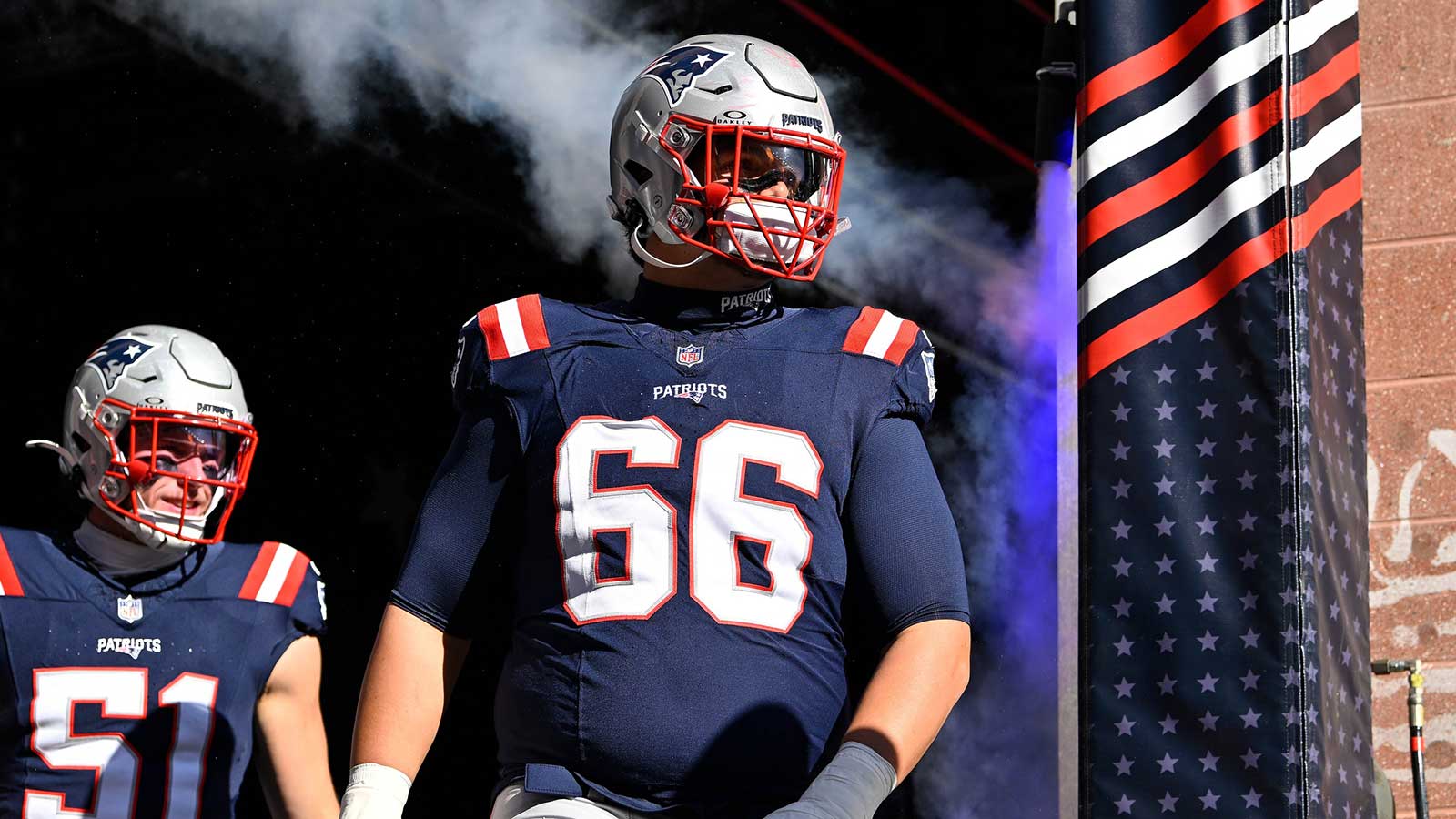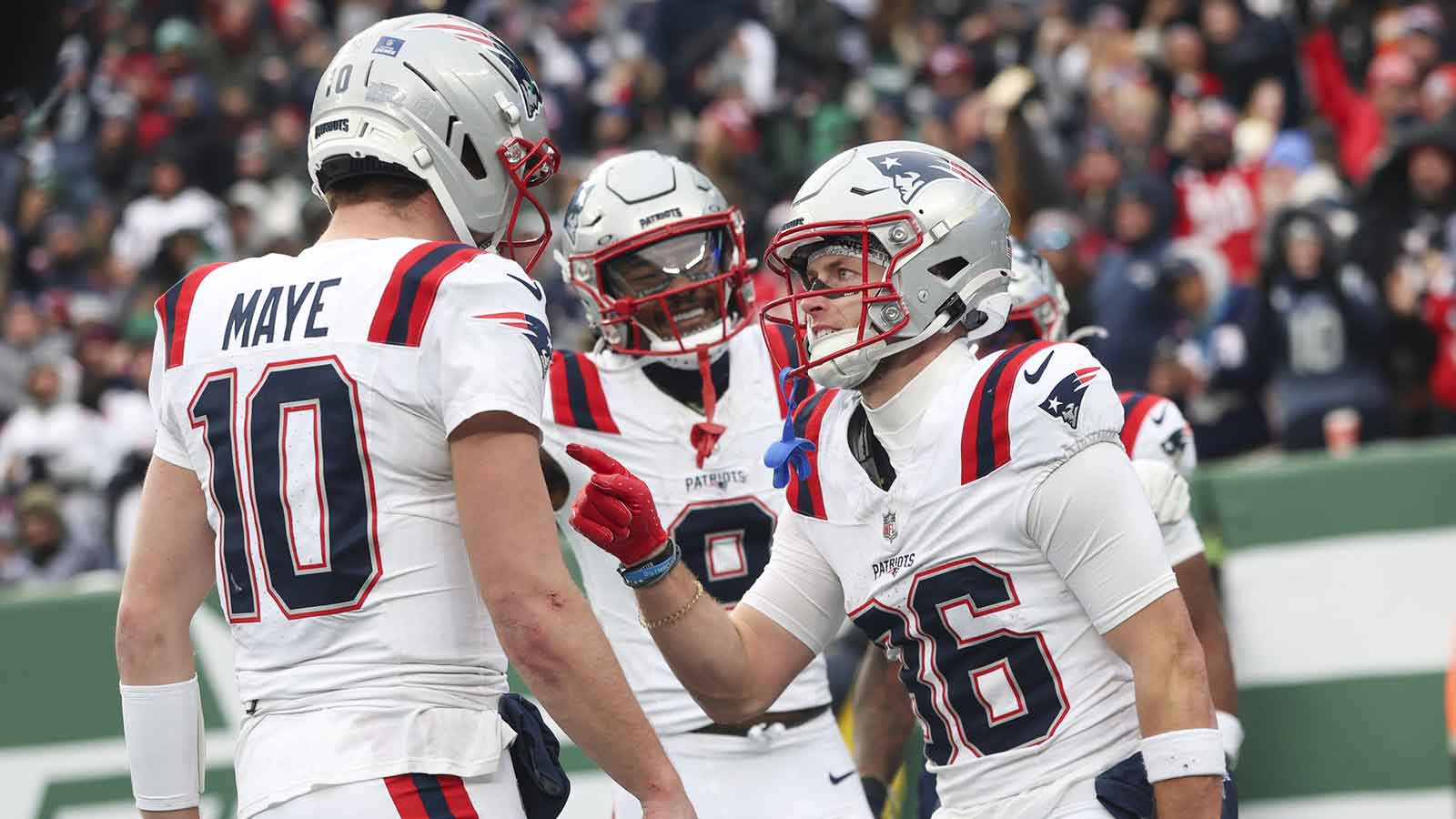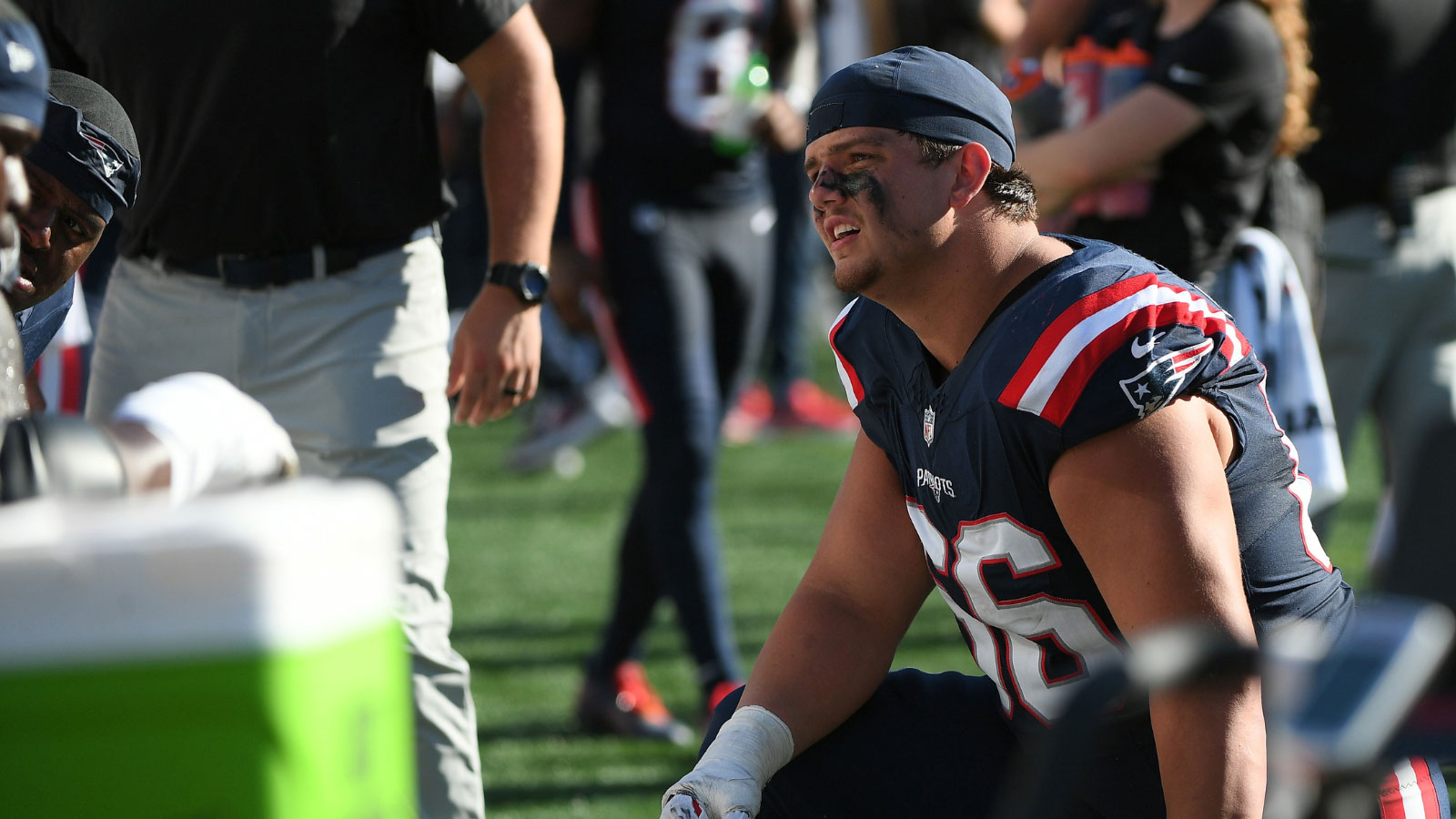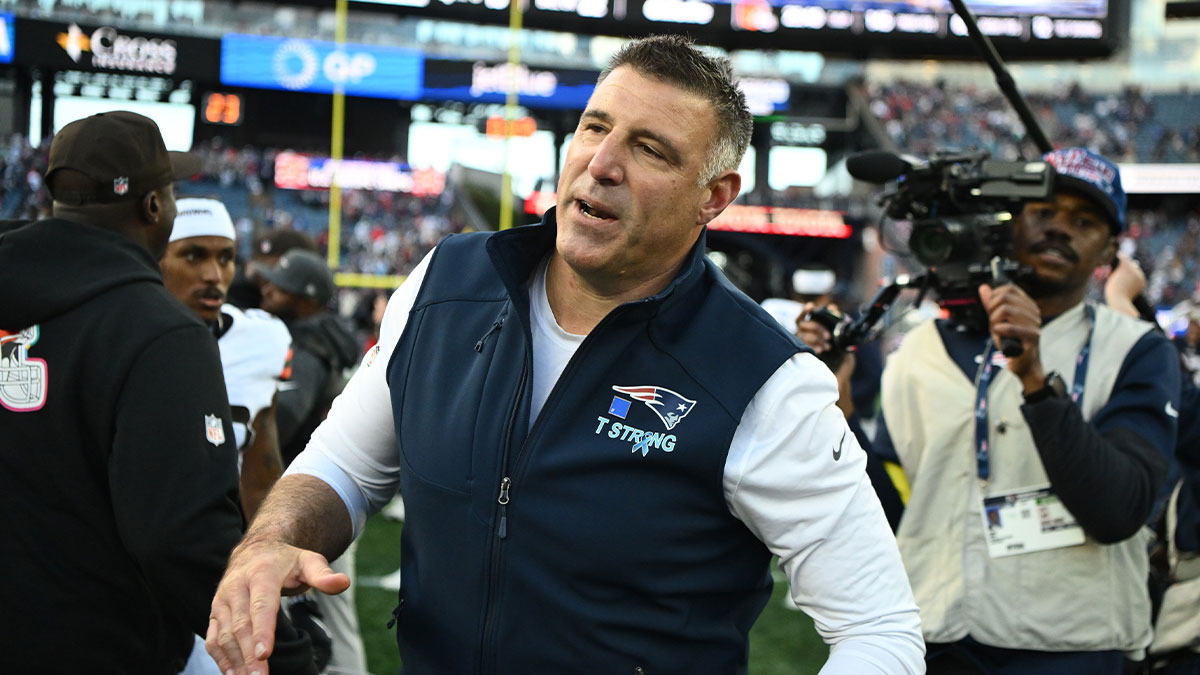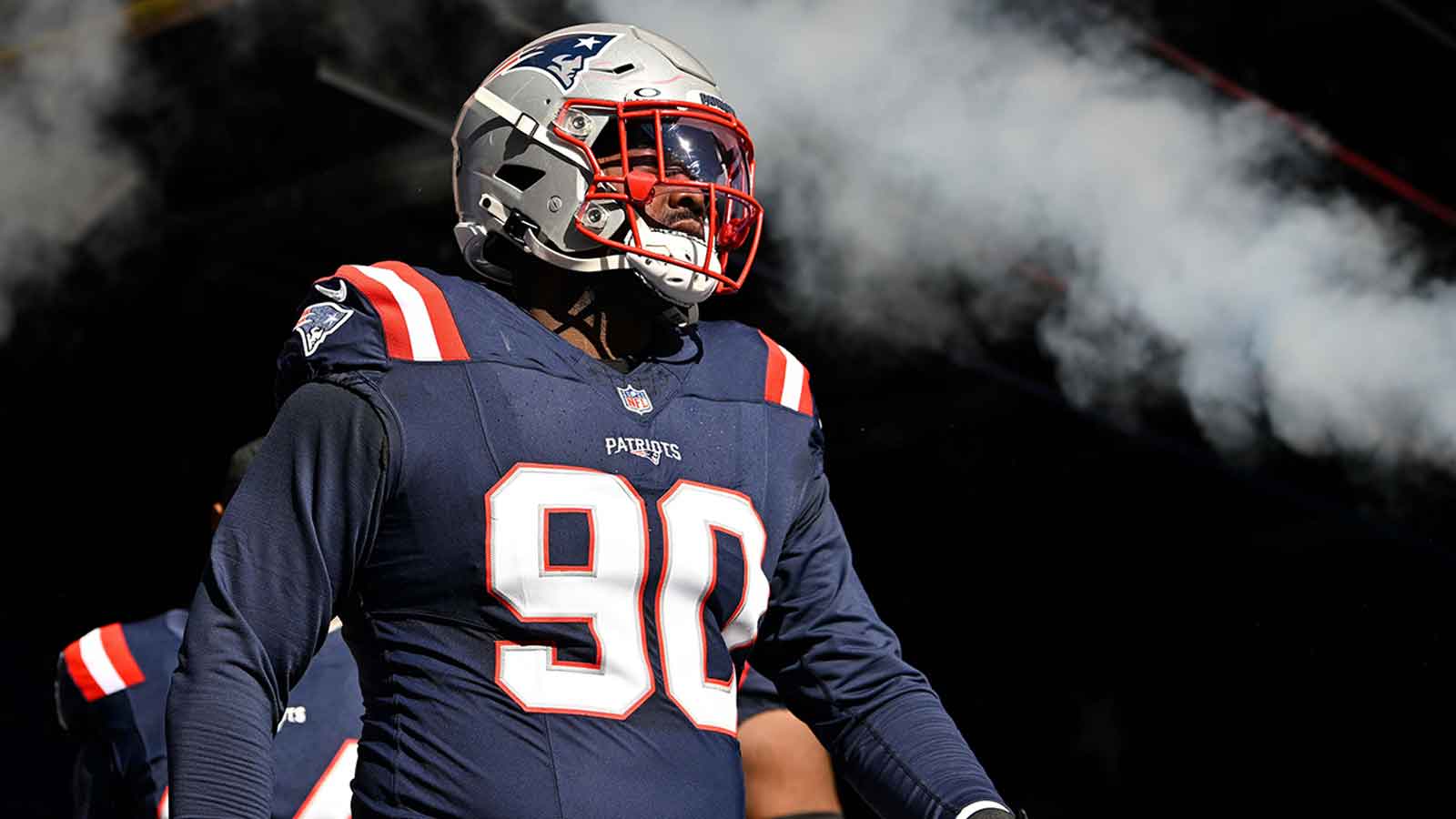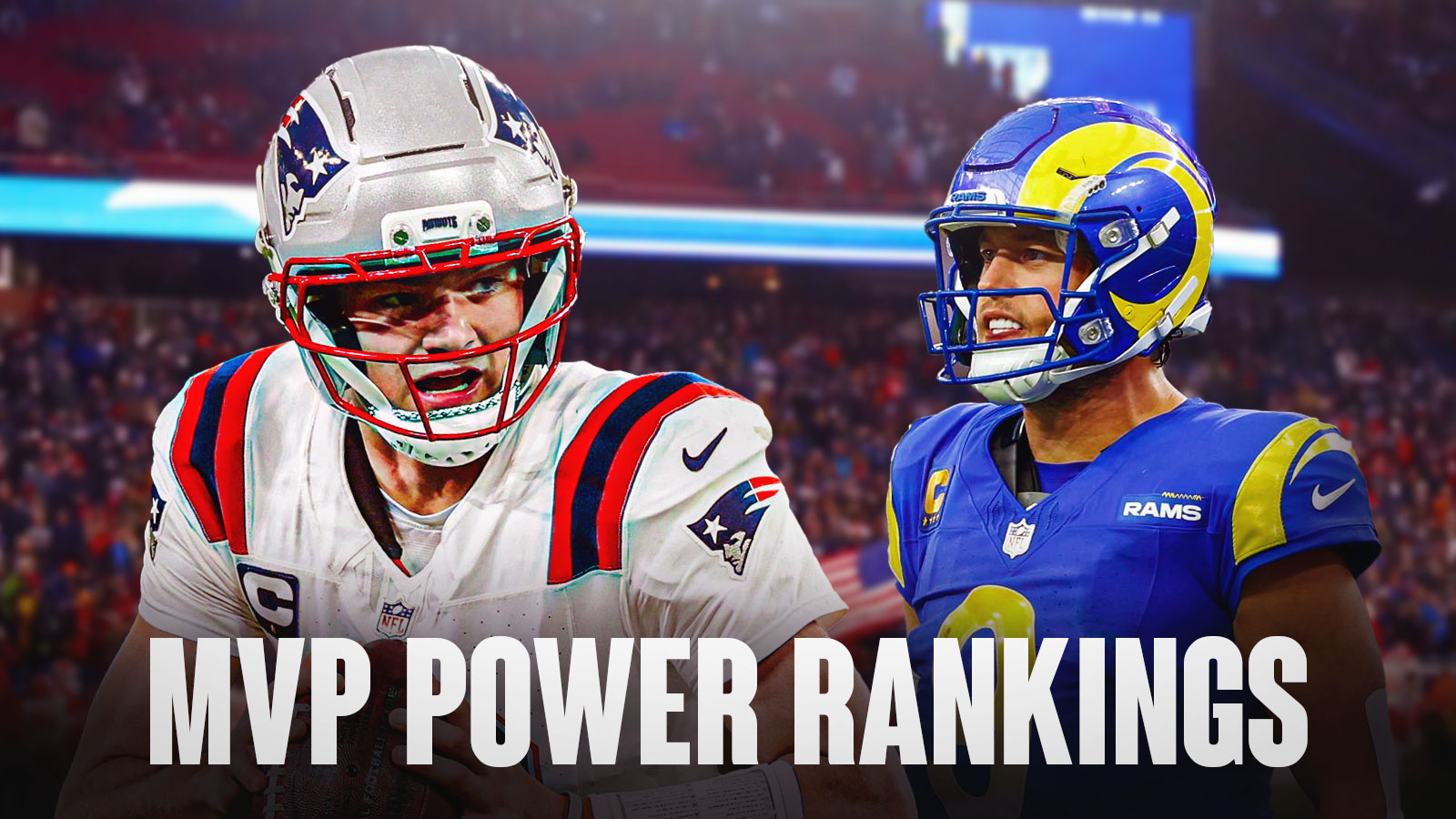The New England Patriots fell to 6-5 on the season with their 33-26 loss to the Minnesota Vikings on Thanksgiving night.
While there were some good takeaways for the Patriots in that game, they committed just enough errors in a game that it felt like they should've won. Here are the four things most to blame for the Patriots' loss to the Vikings.
4. Special teams unit
A week after the Patriots' special teams won them a game against the New York Jets, it cost them Thursday's contest.
Arguably the biggest play of the game came right after the Patriots scored a touchdown to take a 23-16 lead on the opening drive of the second half. Their lead only lasted for a matter of seconds because the Patriots' kickoff coverage appeared to be out of place, allowing Kene Nwangwu to get a 97-yard kickoff return touchdown that evened the game up.
97-YARD RETURN TOUCHDOWN‼
Kene Nwangwu is just too fast 😱pic.twitter.com/HYM2lP74Ny
— ClutchPoints (@ClutchPoints) November 25, 2022
And arguably the biggest blunder of the game came in the fourth quarter when after the Patriots forced the Vikings to punt, with rookie running back Pierre Strong Jr. ran into the punter to give Minnesota a first down. Not only did the penalty give the Vikings a first down though, it gave them the momentum on the drive that ended up leading to the game-winning touchdown.
While the second special teams mishap might not have led directly to a touchdown, it's not hard to argue that the Patriots' special teams unit cost them 14 points in a game that they lost by seven. For a team that prides itself on being prepared in all phases of a match, New England really cost itself Thursday's game by its own self-inflected mistakes on special teams. That is a tough pill to swallow.
3. Red zone offense
The special teams wasn't the only unit cost points on Thursday. The Patriots' red zone woes continued on Thanksgiving. They went 0-for-3 in red zone opportunities, settling for a total of nine points instead of scoring a potential 21 points on such drives.
The 12-point differential is bad enough as is. But to make matters worse, the Vikings held the league's worst red zone defense entering Week 12. Yikes.
Now, there is some important context to consider when looking at the Patriots' red zone numbers from Thursday's contest. Patriots tight end Hunter Henry appeared to have made a touchdown grab in the middle of the third quarter that would've given them seven points. However, a several-long minute review determined that Henry didn't have full control of the ball when he went to the ground. That was on third-and-goal, so the Patriots kicked a field goal.
This catch by Hunter Henry was called incomplete 🤔https://t.co/PqKqyStiph
— ClutchPoints (@ClutchPoints) November 25, 2022
It can be argued that the Patriots should've gone 1-for-3 in the red zone just off that strange overturn. Even though that argument might be correct, the Patriots still had two other downs prior to that play on goal-to-go to score and they didn't.
Another red zone drive that resulted in just three points came at the end of the second half. The Patriots got the ball to the Vikings' 5-yard line and only ran one play from there before kicking a field goal to get some points before time expired.
But there was a reason why that happened …
2. Lack of situational awareness
The Patriots' red zone numbers might have looked better if they didn't shoot themselves in the foot late in the first half.
New England got the ball at its own 25-yard line with 1:30 remaining and two timeouts. That should be enough time to get into the end zone if you're averaging 10 yards per play on the drive (excluding a spike). That wasn't the case for the Patriots, though.
The first instant of the Patriots being unaware of the clock came when Mac Jones completed a pass to Henry along the right sideline. Instead of stepping out of bounds to stop the clock, Henry fought for just a few more extra yards and was tackled inbounds, costing the Patriots a timeout.
Three plays later and with the ball at the Vikings' 18-yard line, Jones stood in the pocket for a few seconds before stepping up and ultimately falling to the turf and eating a sack. Another timeout the Patriots burned because one of their players didn't think to either get out of bounds or throw the ball out of bounds.
If either Henry or Jones did that, they might have been able to squeak a touchdown out on that drive before halftime instead of kicking a field goal.
Those four extra points would've gone a long way when the Patriots were driving to try to tie the game up late in the fourth quarter. Down by seven points instead, Jones took a nine-yard sack on a third-and-7 that moved the Patriots from the Vikings' 30-yard-line to the 39-yard-line. Jones didn't really get much help on that play as left tackle Trent Brown got burnt by Danielle Hunter. But both of those sacks might have been preventable, and if he did prevent both from happening, the Patriots might have had seven extra points in a game they lost by seven.
Danielle Hunter | CLUTCH Third-Down Sack On Mac Jones In Fourth Quarter | NE@MIN | 2023 NFL SEASON@DHunt94_TX @Vikings @NBCSports pic.twitter.com/HFXW0c0yXk
— ATG MVP (@atg_mvp) November 25, 2022
1. Jonathan Jones and the rest of the Patriots' secondary
The veteran corner has been a revelation this season, his first full year playing as an outside corner. While some metrics and grades view Jones as one of the game's best corners this year, he might not be ready for primetime yet. Or he might just not be able to guard arguably the best receiver in the game, which is understandable.
But Jones still allowed Jefferson to catch six passes on eight targets for 95 yards with a touchdown when he was covering him. That's not good enough, no matter how good the receiver you're covering is.
JUSTIN. JEFFERSON. 😳
(via @NFL)pic.twitter.com/ncyL8opPQF
— Bleacher Report (@BleacherReport) November 25, 2022
Jones wasn't the only Patriots defensive back to struggle on Sunday. Jalen Mills gave up a few receptions to Adam Thielen. Kyle Dugger didn't have as great of a time covering tight end T.J. Hockenson as he did when the latter was with the Lions earlier this season. Devin McCourty looked like he was a step behind on one of Jefferson's biggest catches of the game. Myles Bryant allowed a 25-yard reception to Jalen Reagor, of all players.
All members of the Patriots' secondary has some blame to go around, especially considering that Kirk Cousins threw for 299 yards and seemed to consistently make big throws over-and-over again.







